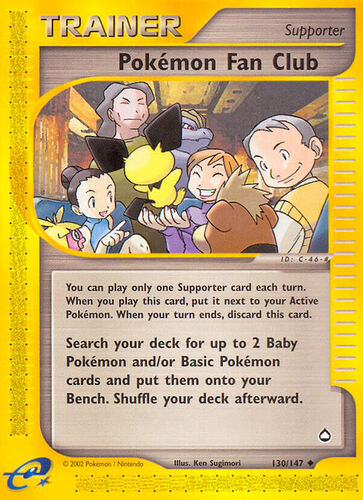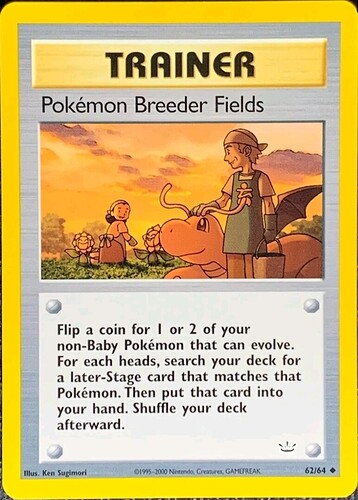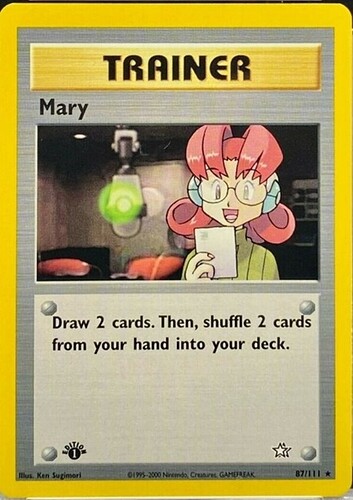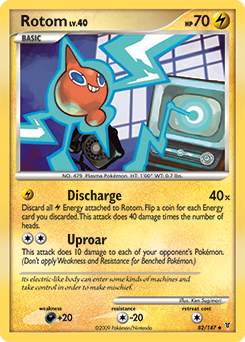With all of the recent interest in autographed cards, I thought it would be interesting to have a discussion on who the “Big 3” of Pokemon autographed cards would be. Of course, there is a plethora of illustrators for Pokemon nowadays, but my goal is to narrow down the illustrators to those that are most historically significant for the trading card game and Pokemon in general.
Here is my list and reasoning below:
Big 3 Illustrators: Ken Sugimori, Mitsuhiro Arita, and Kagemaru Himeno
Honorable mentions: Hironobu Yoshida, Atsuko Nishida, and Keiji Kinebuchi
Reasoning: Ken Sugimori is pivotal in importance for numerous reasons. He was with Game Freak since the beginning with Satoshi Tajiri. He designed many of the most popular original Pokemon including Blastoise, Venusaur, and Mewtwo. He created the main artwork of Pokemon used in game guides and promotional items which captured the heart of a generation. On top of this, he is the main artist of Base Set, along with Mitsuhiro Arita. Sugimori’s autograph is very rare, as he seldom makes public appearances.
Mitsuhiro Arita: While Ken Sugimori’s card artwork throughout the years was recycled from other promotional items, Mitsuhiro Arita’s card artwork is unique to the cards and not recycled from previously published items. As the second main artist of Base Set, Mitsuhiro Arita added variety and detail to Pokemon which was previously not seen in Sugimori stock art. He is well known for creating the artwork for the most popular English Pokemon card: Base Set Charizard. Arita’s autograph is common since he still makes public appearances at this time.
Kagemaru Himeno: After Base Set came Jungle, for which there was one new illustrator added: Kagemaru Himeno. The artwork from Jungle looks very different from Base Set, as Himeno illustrated over 1/3 of the cards in Jungle. Himeno artwork added color and personality to Pokemon. Her early artwork is instantly recognizable as it portrays Pokemon in a vivid water-color style. She is notable for illustrating the first Eevee card as well as its holographic evolution cards.
Kagemaru Himeno is also famous for illustrating the infamous Birthday Pikachu card. To this day, she still illustrates Pokemon cards. Himeno has not made a public appearance since the 2006 World Championships, and as such her autograph is extremely rare.
Hironobu Yoshida: There are only three people listed on the Pokemon Yellow credits for Monster Design: Ken Sugimori, Atsuko Nishida, and Hironobu Yoshida. Entering Game Freak at the end of generation one, Hironobu Yoshida created the designs for several popular Pokemon including Celebi, Rayquaza, Deoxys, Darkrai, Dunsparce, and Wobbuffet (who surprisingly makes many appearances in the Pokemon anime with Team Rocket). Yoshida is notable as being the main artist of the Neo Destiny Shining Pokemon, along with Ken Sugimori. Basically, what Mazakazu Fukuda is to Gold Stars, Hironobu Yoshida, is to Shining Pokemon. He is also well known for other Neo card artworks such as Neo Genesis Lugia. His signature is very rare as he has not made a public appearance since the 2014 World Championships.
Atsuko Nishida: Right next to Ken Sugimori in designing Pokemon for the original Red and Green games is Atsuko Nishida. She is notable for creating the two most popular Pokemon ever: Charizard and Pikachu. Nishida illustrated the illustrious Pikachu Illustrator card, which is the most expensive Pokemon card. Her artwork is easily recognizable throughout the Wizards of the Coast Era of Pokemon Cards. Nishida to my knowledge has never made a public appearance, although there might be Nishida signed cards, I would say obtaining one is almost impossible at this time.
Keiji Kinebuchi: Along with Ken Sugimori and Mitsuhiro Arita, Keiji Kinebuchi formed the foundation of Pokemon cards and character of Base Set. Using his digital 3D artwork, he pioneered trainer cards and notably illustrated one holographic card in Base Set: Magneton. His work in common Base Set cards–such as Gastly and Magnemite–as well as the rest of the Wizards of the Coast sets up to Aquapolis captures the late 90’s era. Keiji Kinebuchi has never made a public appearance to my knowledge, and obtaining a Kinebuchi signature is almost impossible since he has not been involved in Pokemon since 2003.
Who do you think are the “Big 3” of Pokemon Autographs?



